Difference between revisions of "Soiling behavior - Anti-Soiling"
m |
|||
| Line 4: | Line 4: | ||
| − | Soiling behaviour is the term used to describe a leather's susceptibility to becoming soiled and [[leather damages#Dye transfer on leather|discoloured]]. It is determined by the [[Finish#Primer - Finish / Top Coat| | + | Soiling behaviour is the term used to describe a leather's susceptibility to becoming soiled and [[leather damages#Dye transfer on leather|discoloured]]. It is determined by the [[Finish#Primer - Finish / Top Coat|top coat]], which is the top layer on the leather. Often "anti-soiling" additives are included in the top coat to reduce stains. |
Revision as of 13:29, 4 February 2017
Soiling behaviour is the term used to describe a leather's susceptibility to becoming soiled and discoloured. It is determined by the top coat, which is the top layer on the leather. Often "anti-soiling" additives are included in the top coat to reduce stains.
On pigmented leathers, the dirt settles in the grain structure.
In order to test discolouration, a denim fabric is put into an alkaline sweat solution and then rubbed over the leather surface. The discoloration is measured by comparison with an untreated area. Especially susceptible are matt and light leather.
Typical jeans stains.
By changing the leather colours and top coats to water-based systems, light leather has become even more susceptible to soiling and discolouration by clothing. The growing trend towards matt leathers is probably also a factor. Even the more modern foam coatings with rough surfaces could have an influence on this phenomenon.
Old furniture and vintage cars tend to be immune to the problem of "jeans dye transfer" whereas new cars and furniture are susceptible to stains and discolouration caused by dye transfer from trousers, jackets or belts. Customers often notice this problem when the old furniture, or the old car, is replaced by a new one and the sensitivity increases significantly in comparison.
Products and methods for reducing this sensitivity are referred to as "anti-soiling". In response to the increasing number of complaints, the chemical industry has provided the tannery finish additives with anti-soiling properties. Additives in the top coat with "anti-soiling" properties reduce the soiling to some extent. So far, however, the sensitivity has not yet returned to levels when solvent based products were used.
Stains caused by a leather belts.
Additional information







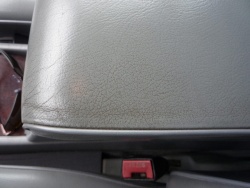
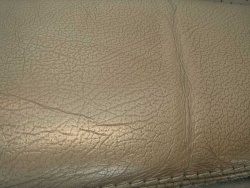
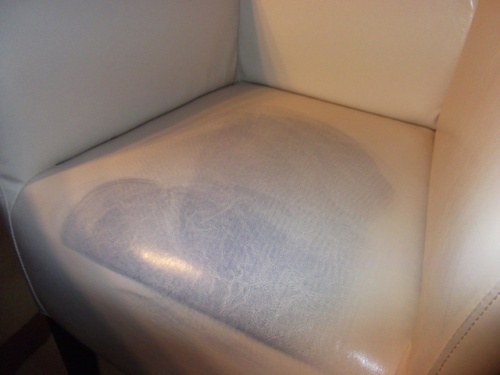
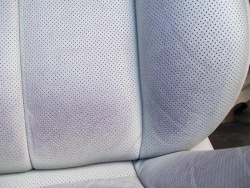
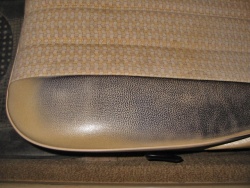
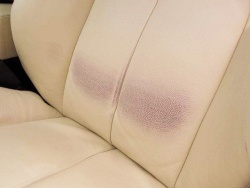
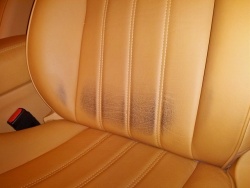

 a kotori web solution
a kotori web solution